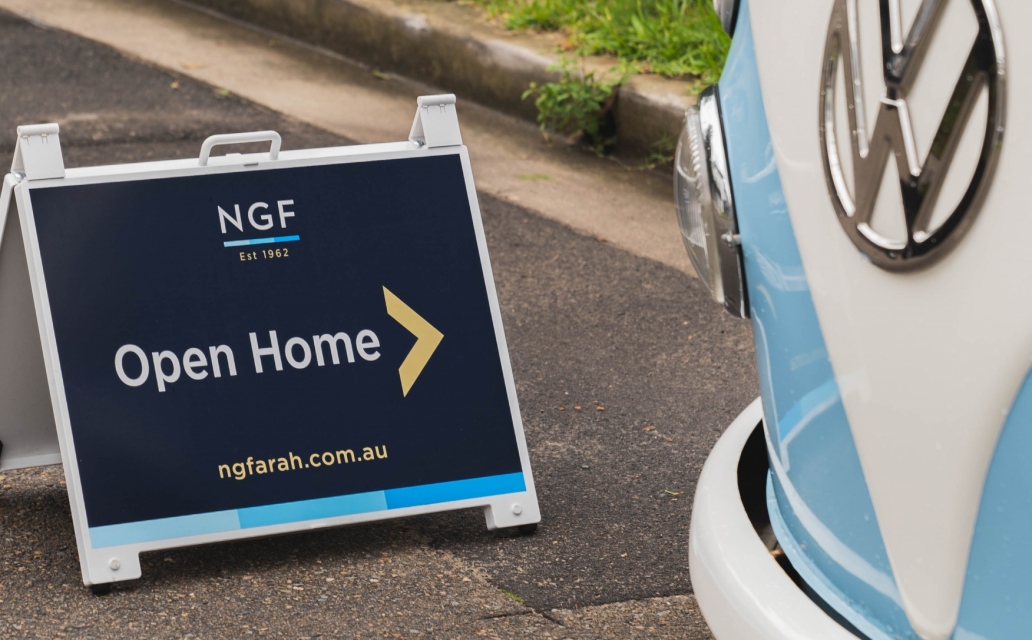
The real estate market revolves around cycles; there are ups and downs and there are booms and busts. There are times when people are paying hundreds of thousands over the reserve price for properties and there are times when there is literally no buyer for a property or it sells $200,000 less than the vendor was expecting.
Traditionally, after seven years of growth, you can be sure that there will be a slowdown, a bust or interest rates will become very expensive and buyer confidence will be diminished. These cycles are a critical part of the real estate market. At NGFarah we can look back at the last 40+ years and analyse periods of market growth and downturns.
The last cycle commenced in 2012 and by 2013 buyer confidence was strong, auction clearance rates were high, and vendor’s expectations were being exceeded. During the next five years, the market kept on growing at least 10% per year – more in some areas – until the third and fourth quarters of 2017 when the market started to ease off.
Throughout 2018 we saw the market continue to narrow, continuing into the first few months of 2019. Now it is reported that prices have come back approximately 20%, in the wider Sydney area, compared to the peak of mid-2017.
Although interest rates have remained low, the growing cost of living in Australia’s major cities is what is dampening buyer confidence. Little-to-no wage growth combined with the high costs of buying and selling property, such as stamp duty, is eroding confidence and stopping people from moving up or down and even moving interstate.
Overview: Real Estate Cycles over the last 40 years
1980 – 1985 ‘A Buyer’s Market’
Properties prices were low and there was an abundance of choice.
1985 – 1989 ‘Boom Period’
The market initially went through a boom but when the stock market crashed in 1987 the real estate market followed suit. Confidence eroded over the next year and by 1989 the market was freefalling and interest rates were going up at a steady rate.
1990 – 1993 ‘Crash and Recover’
By 1991 interest rates were at 17% and properties prices had crashed to the lowest point in a decade. During 1992, sales were a little easier but full recovery didn’t start until 1993.
1993 – 2003 ‘Strongest Boom’
This period could possibly be the longest real estate boom Australia has witnessed, fuelled by the Sydney Olympics in 2000, property prices were rising by a steady 10% per year and by 2003 the market topped out.
2003 – 2010 ‘Difficult Market’
With the global financial crash, Australia saw the property market falter in this period and buyers were scarce. As we entered into 2011 things started to pick up again into the rising period of 2012.
Share This Post
Archived Posts
- March 2024 (2)
- December 2023 (1)
- May 2023 (1)
- February 2023 (1)
- December 2022 (1)
- November 2022 (1)
- October 2022 (2)
- July 2022 (1)
- May 2022 (1)
- March 2022 (1)
- November 2021 (2)
- September 2021 (1)
- August 2021 (2)
- June 2021 (1)
- May 2021 (2)
- April 2021 (1)
- March 2021 (1)
- February 2021 (2)